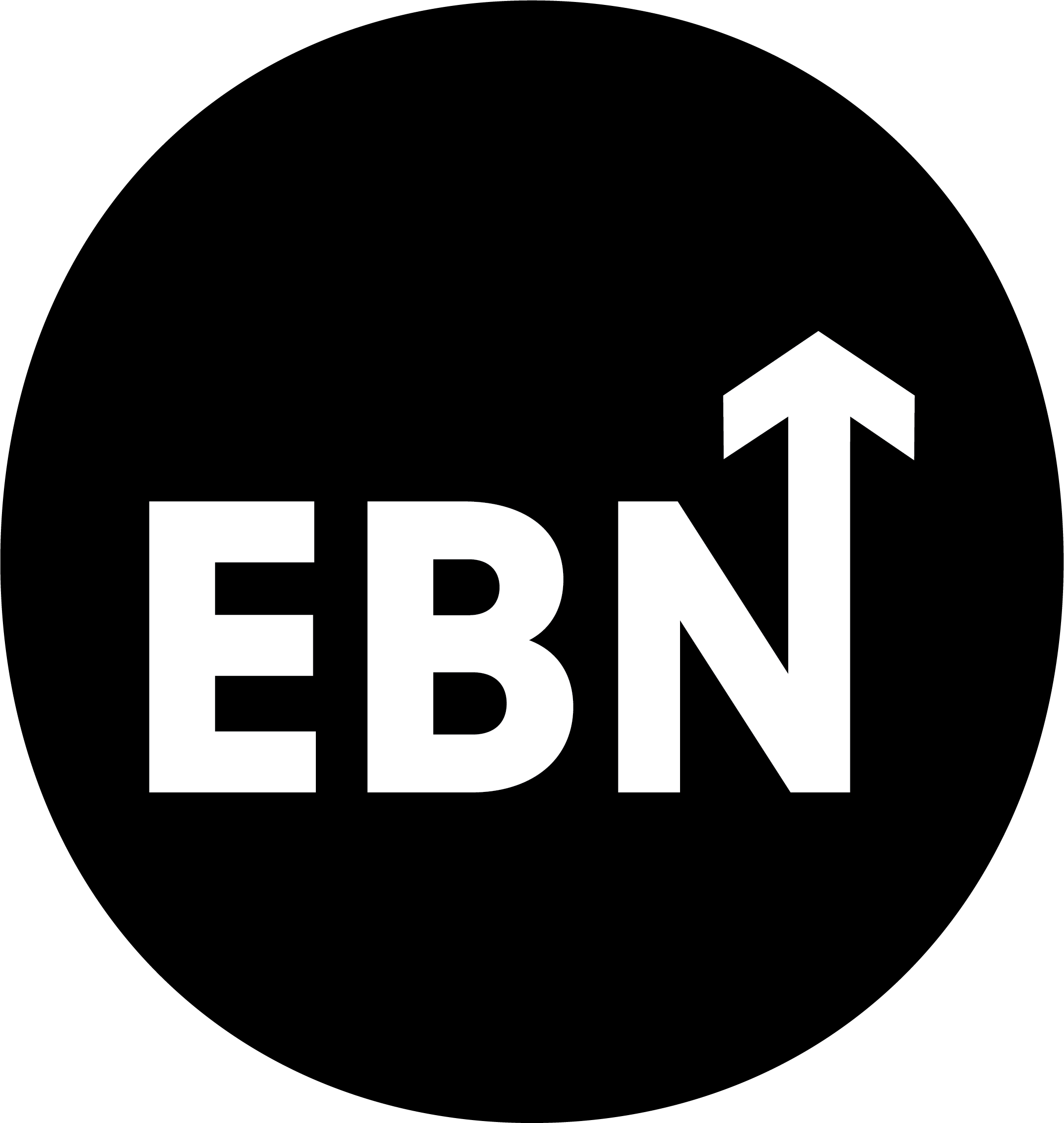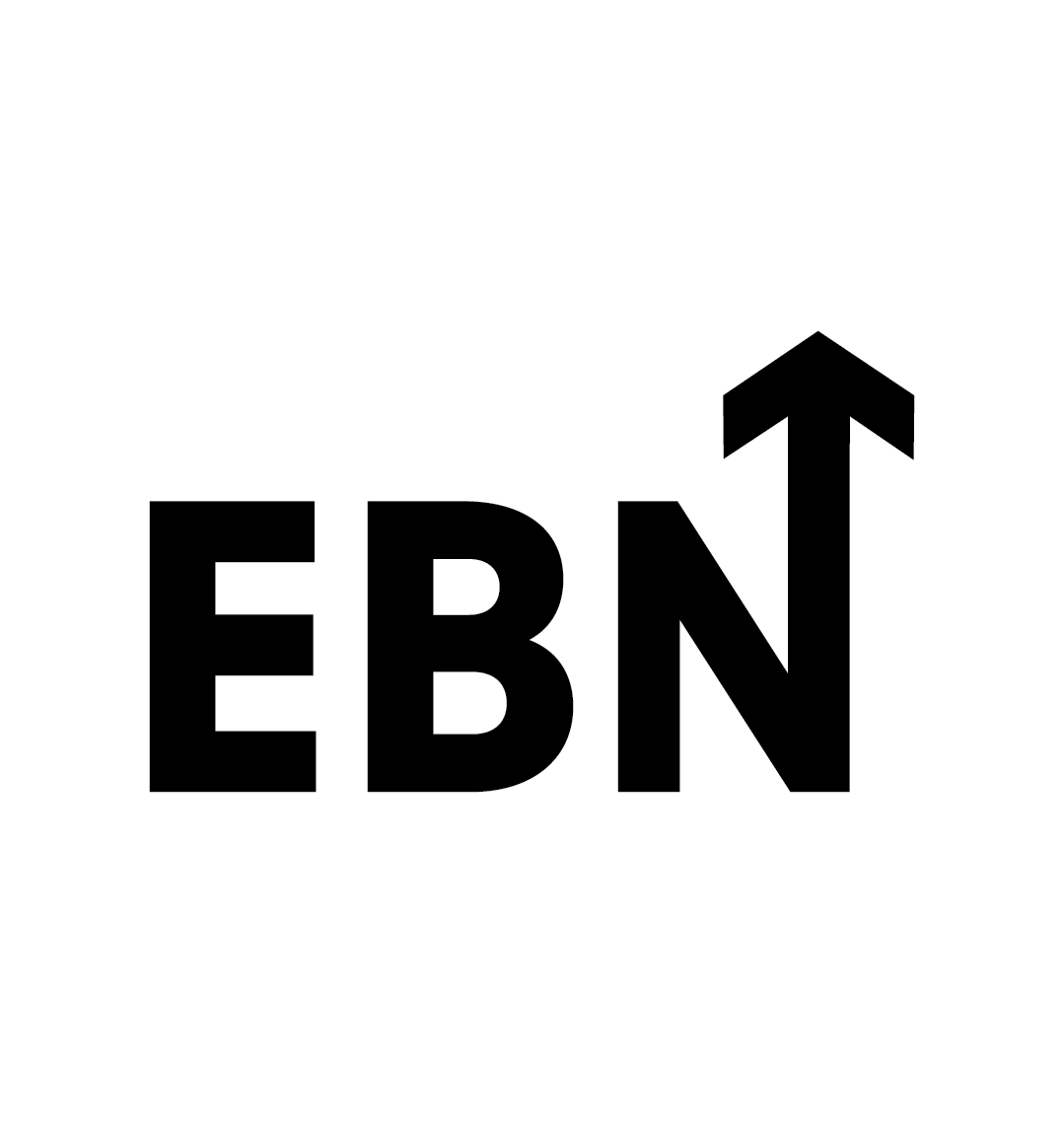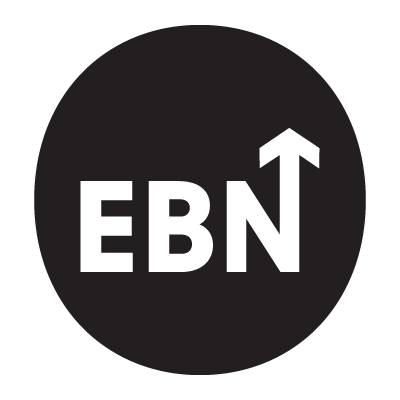With demand for critical talent surging, just offering high salaries and attractive benefits alone is no longer enough. These days, in-demand talent expects a meaningful connection to the employers that they are applying for, they want a clear picture of the culture they’re walking into, and many now insist that their employers' values are demonstrably aligned with their own. Distinguishing yourself as an employer of choice has never been tougher. Being admired, that is, having a strong employer brand, is still one of best ways to attract and retain the requisite talent for your business. However, strengthening your employer brand can be tricky to do and hard to track.
This article looks at why you absolutely must incorporate data and insight into the mix if you truly want to add muscle to your brand, track key metrics, and gain a measurable competitive advantage in the ongoing, if somewhat tumultuous, war for talent.
Guess Work Doesn’t Work
When it comes to building a strong employer brand, one adage that couldn’t be truer is that you can’t improve what you can’t measure. Although it may be conceivable to nail your employer brand with gut feel alone, this sort of high-stakes gamble is not advisable. One reason is that even if your brand succeeds by chance, you simply wouldn’t know why, how, or to what extent it performed well, and you most certainly wouldn't be able to track changes over time or adapt in the face of an ever-changing talent market. This is one shortcut that has never been worth taking.
Momentum isn’t always progress, especially when you always end up back where you started.
Fathom helps you escape the loop. With insight, not intuition.
Putting aside one-off flukes and bringing things back to the world of professionalism, accountability, stakeholder management, reporting, strategy, and ROI, it’s essential to bake reliable data into your employer brand from its inception, or as early as possible. Failing to do so is tantamount to sabotage and is guaranteed to dilute interest and sponsorship from senior leadership, create future messes that require untangling, and comes with a massive opportunity cost.
What Type Of Data Should You Be Using For Your Employer Brand
As you’d expect, there are a plethora of data sources you can use to ensure your employer brand is optimized, measurable, and has the greatest chances of delivering what you expect from it. Naturally, navigating these can be tricky. Here are some key considerations when working with your own employer brand:
Scraped data vs. survey data
Most data that you’ll come across falls into one of these two categories, and both have their strengths and weaknesses.
Scraped data is information pulled from existing sources on the internet. This can come from a single platform, such as getting data directly from your LinkedIn or Glassdoor subscription, or from listening tools that scrape from multiple sources and aggregate it, such as social media and review sites.
The main advantages of scraped data are speed and cost. Since the data already exists and just needs to be extracted, it doesn’t require a lengthy or expensive field period. This makes it more suitable for frequent and tactical use, such running as a monthly or quarterly dipstick for tweaking campaign communications. Some might argue that the larger volume provides an advantage but here I’d exercise some caution. This advantage is usually offset by survey data collected using sound statistical principles with tight tolerances on margin of error and confidence levels.
Where scraped data falls short is usually in its reliability and the assumptions it requires. For example, if you are benchmarking yourself against a set of rival employers using scraped data, looking at things such as visits to a company page, clicks on job ads, and volume of searches, the playing field is very rarely even. For example, the employers being benchmarked may be paying (or not) for premium subscriptions, they may have other paid advertising driving the traffic or searches, or they might simply have different or more diverse hiring needs than you do, leading to erratic results. It can therefor by dangerous to overly conflate these vanity metrics as evidence of stronger brand equity or outright appeal, as cause and effect cannot be accurately determined.
Survey data, on the other hand, tends to be the opposite. It offers richer and deeper insights with more controls over variables, but will take long to collect and analyse, and will usually cost more due the increased efforts involved. Survey data, if done well, enables the user to extract more precise insights, or to answer pressing questions and challenges by asking more specific questions. If you are using the data for important or strategic plays, such as building your Employer Value Proposition (EVP) or measuring what you target talent really thinks of you compared to your main rivals, surveyed data is certainly the recommended way to go.
What Insights Are Most Valuable
As with data sources, this rabbit hole can get quite deep. For a baseline I’d recommend you consider gathering insights that cover:

Brand Equity
Or to put it more simply, data on how attractive you are as an employer. It’s one of those big and obvious questions that needs to be answered so that future movements can be tracked, but is so often neglected, forgotten, or misunderstood. Here, the default way to measure your brand equity is through benchmarking, as well as using some absolute numbers that give you a top-level measurement. These metrics include the percentage of a given talent group that are aware of your brand, would consider working for you, or would view you as a top choice employer.
Helping HR, talent acquisition, employer branding, and company culture professionals find careers worth smiling about.
Whereas you can certainly scrape some good data on this from key online sources, getting some solid survey data here is a good idea. Surveys will give you greater control of your talent demographics and will provide the respondents with a far more even playing field for selecting their preferred employer.
Having this data per key market and per key talent segment is recommended for tracking changes of absolute brand equity and relative brand equity compared with the benchmarks you have selected. As a rule of thumb, I’d always recommend tracking scraped data tactically, usually monthly or quarterly, and surveyed data annually to get the bigger picture and tie it all together.
Brand Associations
Another key metric when considering your brand is your image or brand associations. In other words, what do your targeted talent think of you as an employer and how do they perceive the strengths and benefits of employment that you offer? If you’ve done a great job with your brand building, associations should be pretty aligned to the EVP themes that you’ve been religiously and consistently communicating. Of course, in the real world no communications plans are ever perfect and there are heaps of other factors influencing perceptions that are hard to control, such as your consumer brand, Glassdoor reviews, and general word-of-mouth.
Perfection might be out of read but, having spent years reviewing employer image data, I have witnessed many employers doing very well with building the associations they desire through skilled and consistent deployment of their EVP. It can be done but requires commitment.
Not only is it important to track brand associations to see that your EVP and associated messaging is getting through, it’s also imperative if you want to differentiate yourself from key rivals. As your main rivals likely occupy the same industry as you, they are likely to share many of the same brand associations. By having a clear picture of where you do and don’t stand out, you can focus efforts into creating points of difference between you and your talent competitors.
Talent Preferences
I see this as the glue that holds it all together. You simply cannot create a brand that’s optimally attractive, or differentiate on optimal themes, if you don’t know what your targeted talent most value and prioritise. There is little point in celebrating your brilliant brand associations if they're totally missing the mark and not appealing to your target audience.
The key here is to treat talent preferences as a ranked set of priorities. We must acknowledge that people are all different and, crucially, talent will always want a bit of everything. Talent would never say that they don’t want a great culture but, culture might be lower priority for them than growth and development, for instance. Since attention spans are so low and the noise in the market is so high, being aware of the top-ranking preferences allows you to better seize upon the few opportunities you get, rather than waste them or get drowned out by louder and more appealing rivals.
Everybody working in employer branding who’s worth their salt should know the top and most trending preferences of their target talent like the back of their hand.
Topical and thematic data
Worthy of a mention is topical and thematic data. This really is about riding with the punches and keeping your brand sharp in the face of an ever-changing world of work. Shifting polices and expectations around remote and hybrid work, for instance. This has become a battle ground in the world of talent attraction, so getting some hard facts on how your target talent thinks and where the deal breakers lie is a smart move. Next year it’ll likely be something totally different and being ready for those changes with facts in hand is always wise.
Conclusion: A Total No Brainer
You really can’t avoid the use of data and insights if you want to build a solid employer brand. The important questions are when, where, and how to use the data, which I hope this article has helped with.
At Fathom, we help employers of all sizes and levels of sophistication to get the right data at the right times and costs. Should you need support of any nature, please feel free to contact me for a chat. 👇👇👇

Takeaways
What is employer branding?
Employer branding refers to the process of promoting a company as an employer of choice to a desired target group, one which a company wants to recruit and retain. It involves creating a positive image of the company in the minds of current and potential employees.
Why is employer branding important?
Employer branding is crucial because it helps attract and retain top talent, reduces hiring costs, and enhances employee engagement and retention. A strong employer brand can differentiate your company from competitors and create a more attractive workplace culture.
How can data improve employer branding?
Data can provide insights into what potential and current employees value most, how your brand is perceived in the market, and how it compares to competitors. Using data allows you to make informed decisions, measure the effectiveness of your strategies, and make necessary adjustments to improve your employer brand.
What are some common metrics for measuring employer brand?
Common metrics for measuring employer brand include brand awareness, brand consideration, brand preference, application rates, employee engagement scores, and retention rates. These metrics help track the effectiveness of your employer branding efforts over time.
How often should employer branding data be reviewed?
Employer branding data should be reviewed regularly, with tactical data like scraped data reviewed monthly or quarterly, and strategic data like survey data reviewed annually. Regular reviews help ensure that your employer branding strategies remain relevant and effective.
What role does social media play in employer branding?
Social media plays a significant role in employer branding by allowing companies to showcase their culture, values, and employee experiences. It also provides a platform for engaging with potential candidates, sharing job openings, and building a positive brand image.








